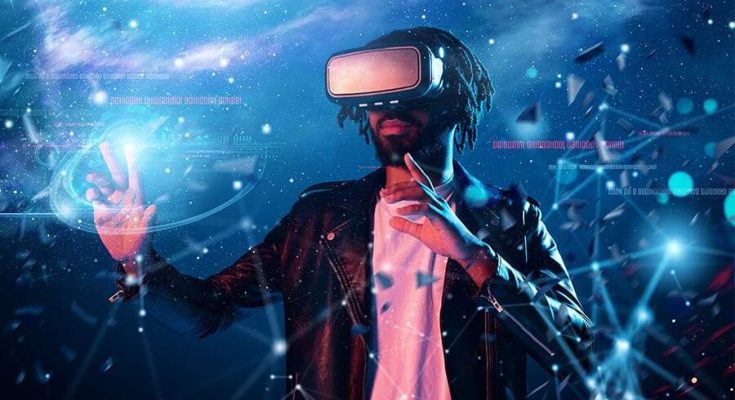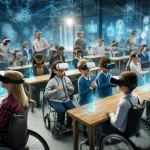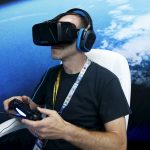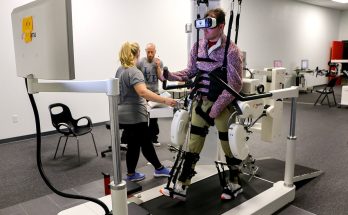Virtual reality (VR) is heralded as a frontier technology that immerses users in entirely new worlds, but it also presents unique challenges and opportunities when it comes to accessibility. Innovations in VR are increasingly focusing on how to make these digital experiences available and enjoyable for people with disabilities, ranging from visual and auditory impairments to physical limitations. This exploration delves into the latest advancements in accessible VR technologies, shares impactful user stories, addresses the ongoing challenges in VR accessibility, and discusses the promising future of VR as a tool for inclusive interaction.
Accessible VR Technologies: Innovations and Adaptations
Innovative VR technologies are being developed to cater to users with a variety of disabilities. For visual impairments, solutions include auditory cues and enhanced haptic feedback to help users navigate VR environments without relying on visual input. Companies like Microsoft have been at the forefront with their research into VR controllers that use haptic feedback to guide visually impaired users through virtual spaces effectively.
For those with hearing impairments, VR developers are incorporating visual alerts and subtitles into VR experiences to ensure that auditory information is not missed. Some VR platforms are also exploring the use of sign language avatars to communicate spoken dialogue within the virtual environment, thus bridging the communication gap for deaf users.
Individuals with physical disabilities benefit from customized controllers and adaptive technologies that allow for the customization of VR interfaces to fit their mobility needs. For example, eye-tracking technology enables users to control the VR environment with eye movements alone, offering an invaluable tool for users with limited use of their hands.
User Stories: Transformative Experiences
The impact of these technologies on individuals with disabilities is profound. Users with limited mobility have found VR experiences liberating, allowing them to engage in activities such as virtual travel or sports, which would be challenging or impossible in the physical world. VR therapy sessions have also shown great promise in aiding those with physical rehabilitation needs to practice movements and regain bodily control in a safe, controlled environment.
One touching example is the use of VR to help veterans with PTSD. Through virtual reality exposure therapy (VRET), patients are gradually reintroduced to trauma-related contexts, helping them process and manage their reactions in a controlled, therapeutic setting. This has provided life-changing outcomes for many veterans, offering them a tool to better manage their symptoms and improve their quality of life.
Challenges and Solutions in VR Accessibility
Despite significant advancements, the journey toward fully accessible VR is fraught with challenges. One major issue is the cost of development and the subsequent pricing of these advanced technologies, which can be prohibitive. There is also the challenge of ensuring that new VR applications continue to integrate accessibility features from the ground up, rather than as an afterthought.
Developers are tackling these issues by adhering to universal design principles in VR creation, ensuring that VR experiences are as inclusive as possible from the onset. Advocacy and regulatory bodies are also playing a crucial role by establishing guidelines and standards for VR accessibility that encourage industry compliance.
Future Prospects: Towards a More Inclusive VR
Looking ahead, the prospects for accessible VR are promising. As technology continues to evolve, so too does the potential for creating more nuanced and sophisticated solutions that can cater to a wider range of disabilities. Future innovations may include more advanced neural interfaces that could one day translate users’ thoughts directly into actions within VR, potentially revolutionizing accessibility for users with severe physical limitations.
Artificial intelligence (AI) is expected to play a significant role in making VR more accessible by automating and personalizing VR environments based on the user’s behavior and feedback. This could lead to smarter, more responsive VR applications that adapt in real-time to the needs of users with disabilities.
Virtual reality holds a transformative potential not just for the general population but especially for people with disabilities, offering them new ways to interact with the world and experience content that was previously inaccessible. As the technology advances, the focus on accessibility needs to remain a priority to ensure that VR continues to be a tool for inclusion, breaking down barriers and opening up new possibilities for everyone, regardless of their physical capabilities.







